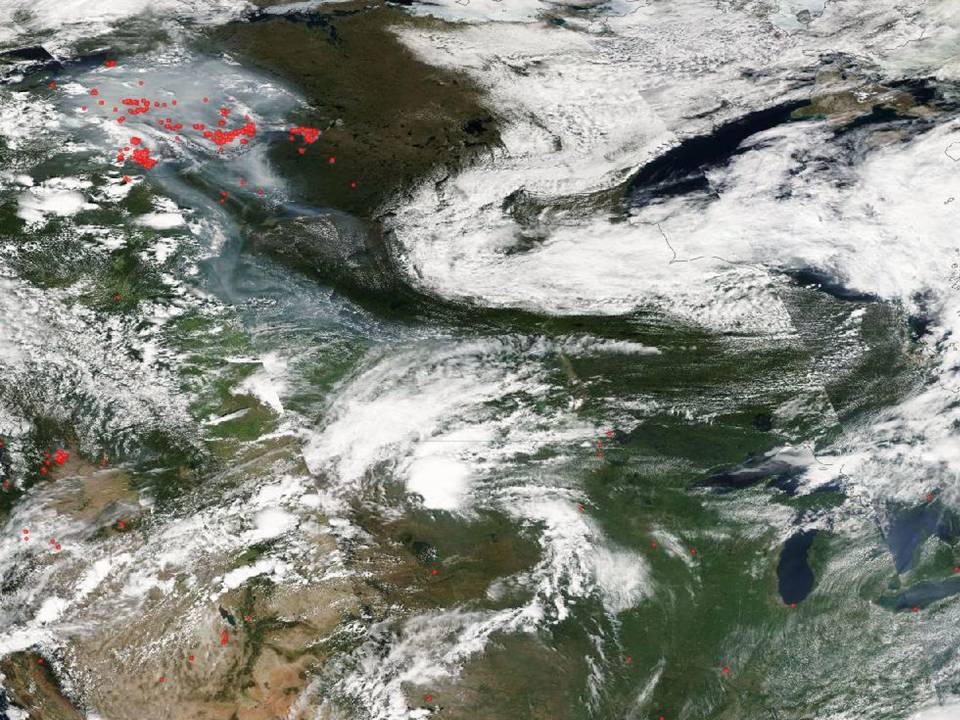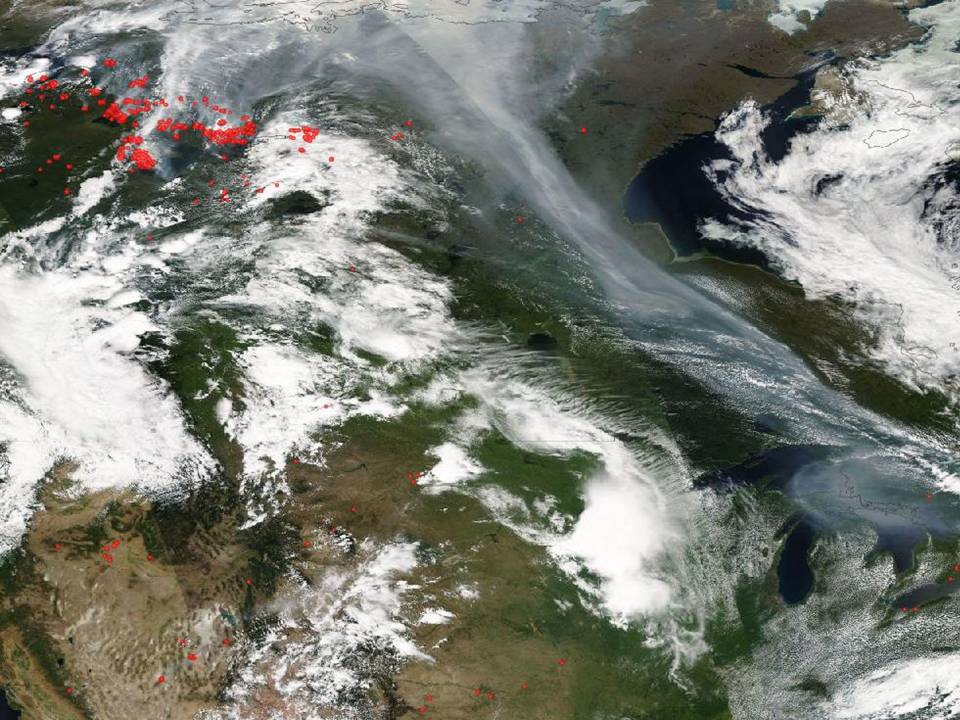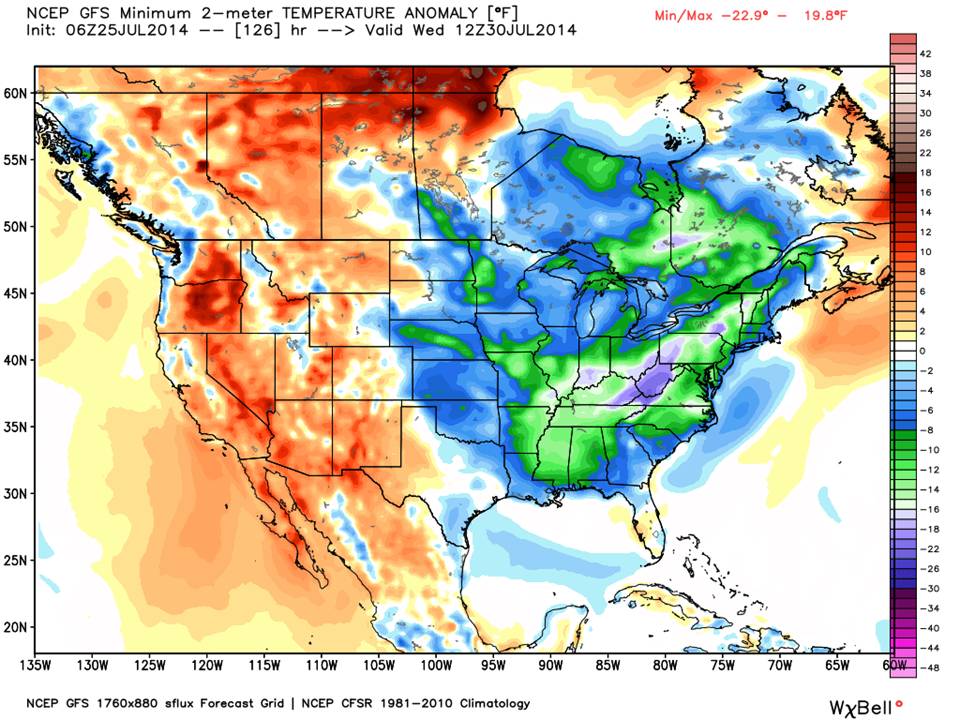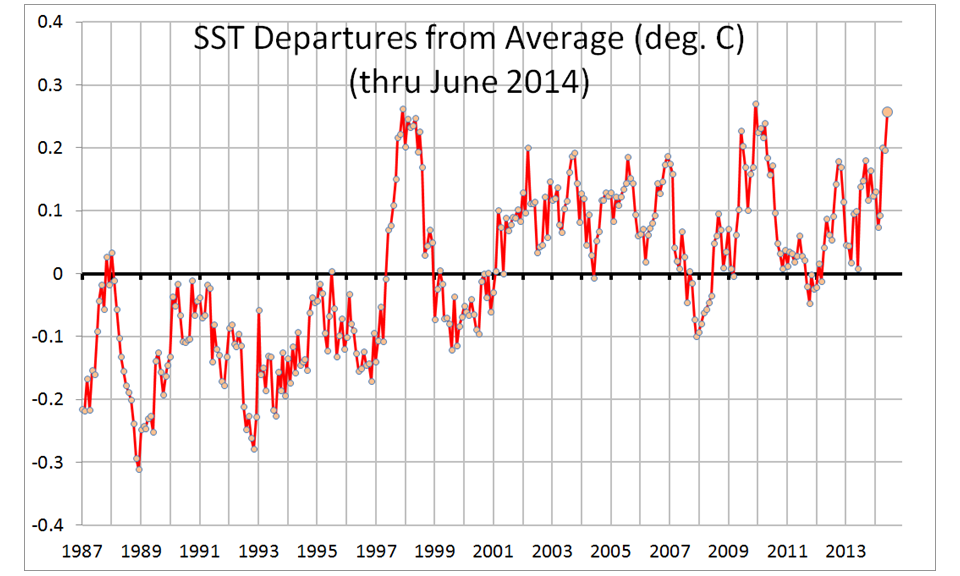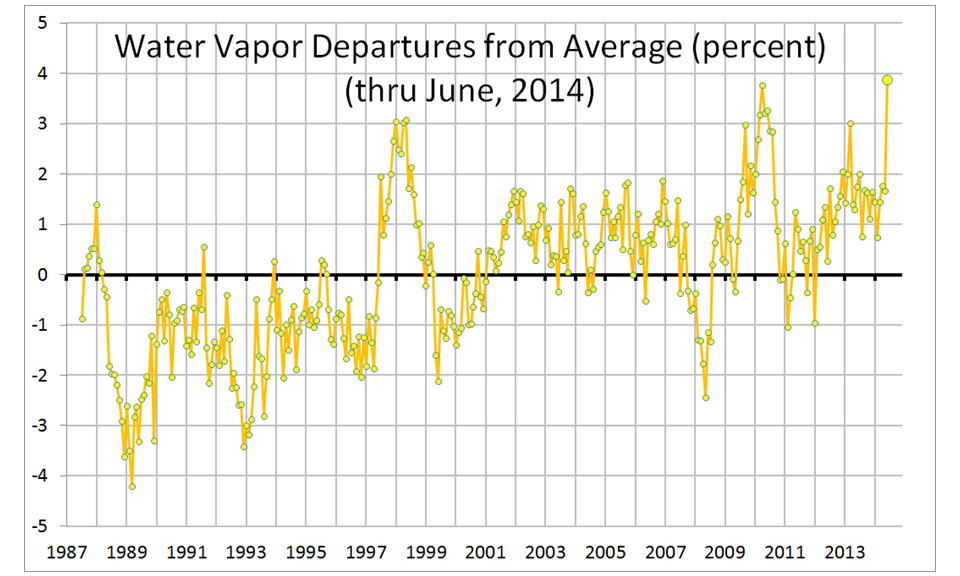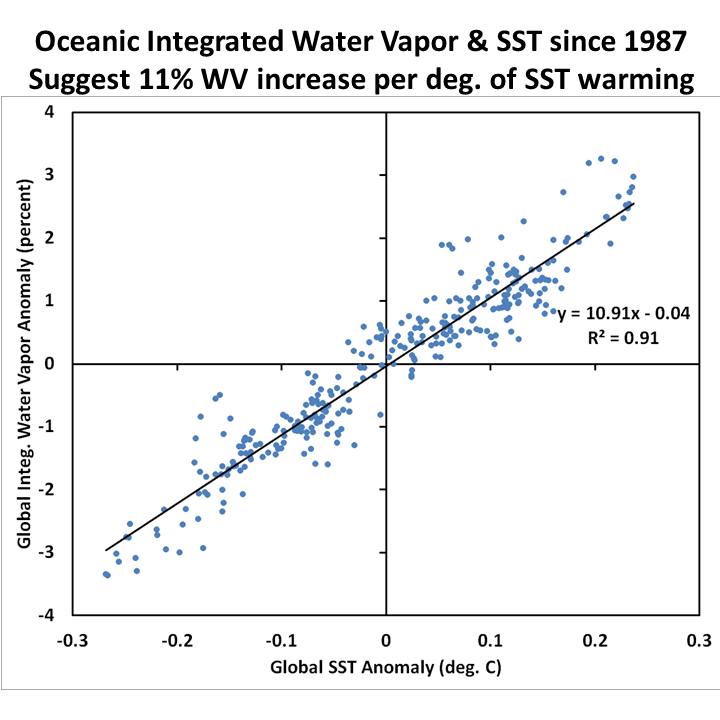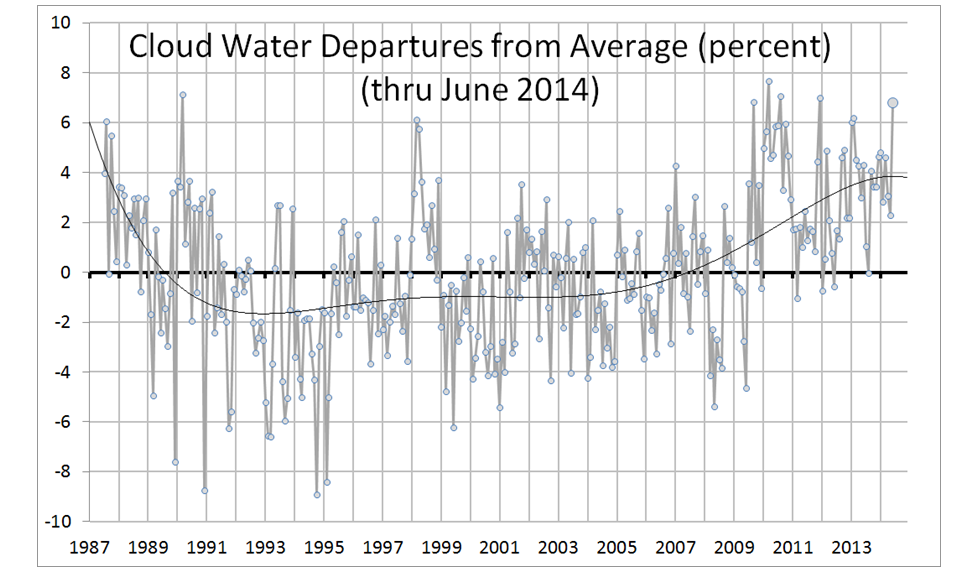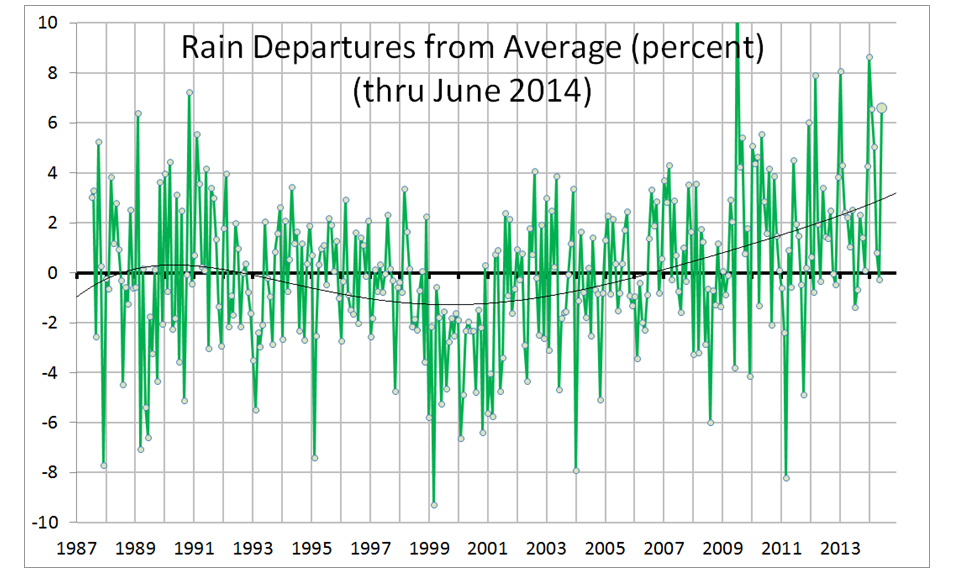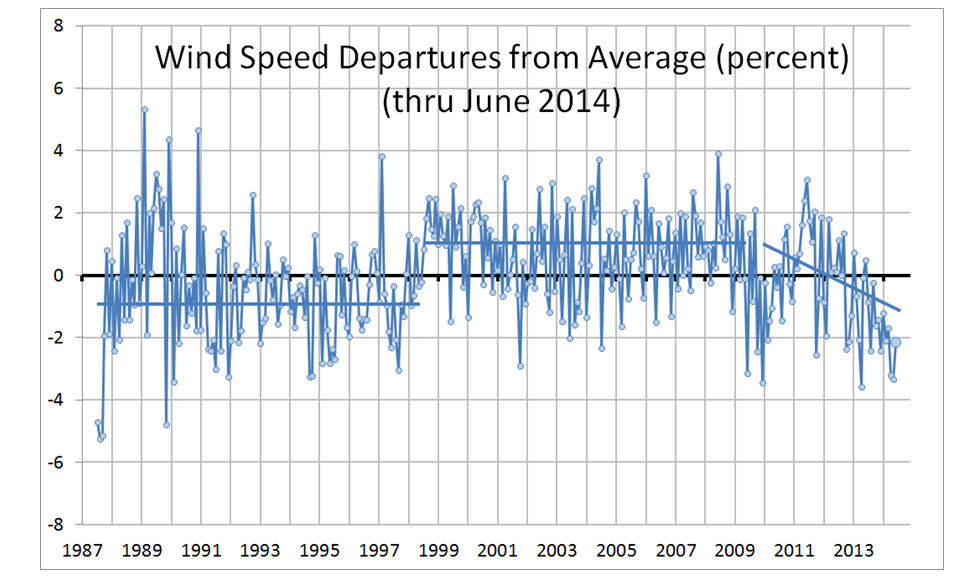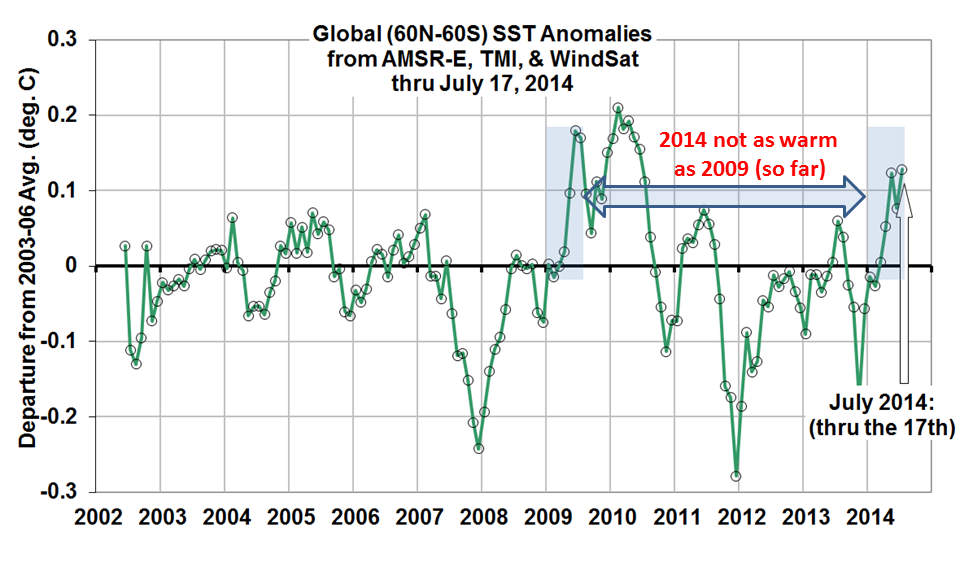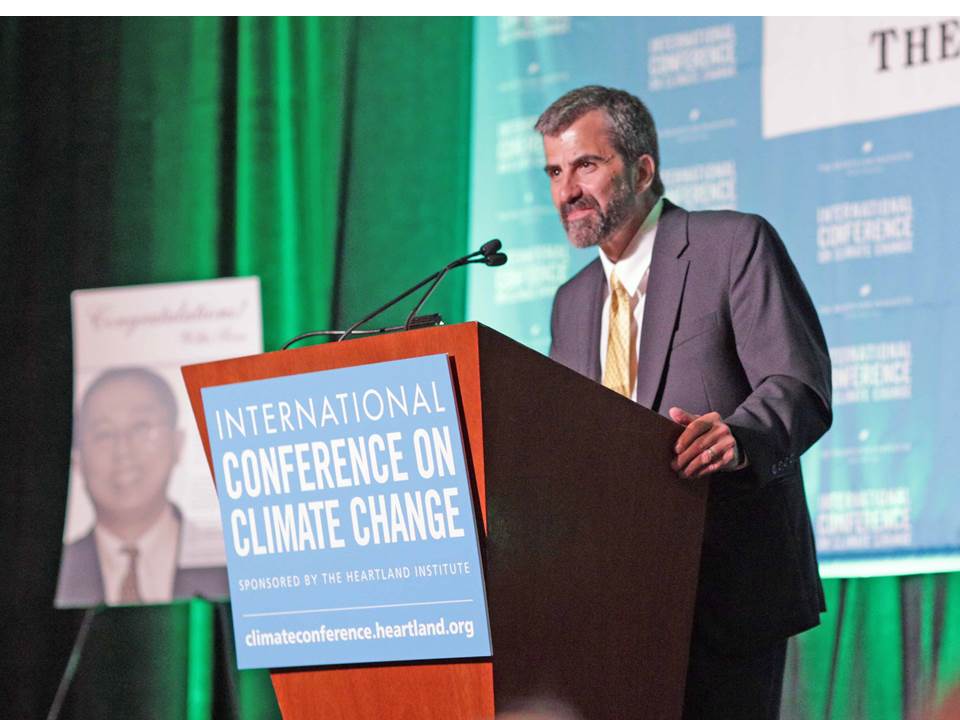
Famous supporter of the Precautionary Principle.
The Precautionary Principle (PP) underlies a wide variety of policy efforts around the world today, including energy policy and the debate over the continued use of fossil fuels and the risk they pose regarding climate change. In the European Union, it is even required to be followed in some matters of statutory law.
According to Wikipedia, the Precautionary Principle states:
“if an action or policy has a suspected risk of causing harm to the public or to the environment, in the absence of scientific consensus that the action or policy is not harmful, the burden of proof that it is not harmful falls on those taking an action.”
Now, the foolishness of the PP is that it addresses the potential risks of a particular action without addressing the benefits.
This is just plain silliness, and a prescription for human suffering and death. Every modern advance, invention, or convenience you can think of has risks, and those risks must be weighed against their benefits.
There is no such thing as a no-risk human activity.
People even die from choking on food. Maybe we should outlaw food.
In the early years of the environmental movement, bad science combined with PP idealism led to restrictions on the use of DDT to control mosquitoes, which then led to at least tens of millions of needless deaths.
On the global warming front, the PP came up (at least implicitly) in the recent New York Times article profiling John Christy. While that article at least allowed Dr. Christy to state his position on climate change (kudos to NYT for that), Kerry Emanuel in that article likened the risk of not addressing climate change to telling a young girl to run across a busy street to catch her bus. The result could be deadly.
Now, I should be clear that John is OK with that article…it turned out better than he expected it would (we have a long history of being burned by the mainstream media).
But I’m not going to let misguided policy advice from scientists to go unchallenged.
This Precautionary Principle idea that guides people like Kerry Emanuel is nonsense. (I like Kerry, BTW, and he is a top-notch atmospheric researcher). Would we abandon our most abundant and affordable energy sources, required for nearly everything we do, on the chance that there might be some non-zero negative consequence to adding 1 or 2 additional CO2 molecules to each 10,000 molecules of air?
And what about the benefits of more atmospheric CO2? Fewer temperature-related deaths, global greening, increased crop productivity, etc.? We should not accept the premise that more CO2 in the atmosphere is necessarily bad for life on Earth.
The people who advocate the PP are also the ones who have benefited from the advances modern science and engineering have provided us. And all of those advances carry risks.
I suspect the 1+ billion people still without electricity, or who are still using wood and dung for heating and cooking, would see things differently, too.
I realize I have mentioned the PP before, but the NYT article got me thinking about just how pervasive (and non-critical) a mindset this is becoming.
People like me are often asked the question, “But what if you are wrong?” regarding our skepticism that human-caused climate change is going to be something that requires a policy response.
Well, what if they are wrong? I have often said that human caused climate change presents theoretical risks, whereas restricting access to abundant and affordable energy causes real poverty and real deaths.
If they really want to follow the Precautionary Principle, then they should follow their own prescription, which I am rephrasing from the Wikipedia definition of the PP:
If reducing fossil fuel use has a suspected risk of causing harm to the public, in the absence of economic consensus that the reduction is not harmful, the burden of proof that it is not harmful falls on those advocating such a reduction.

 Home/Blog
Home/Blog